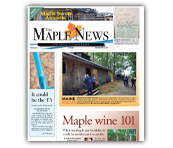BACK TO HOME
UVM Proctor Page

Devastating caterpillar
By Mark Isselhardt, UVM Extension, Maple Specialist | September 2016
An infestation of forest tent caterpillar or FTC (Malacosoma disstria) has developed in several parts of Vermont this summer. This early-season defoliator is a native insect and has the potential to defoliate large areas of hardwood forest. Sugar maple is one of the caterpillars preferred host trees. [ MORE ]
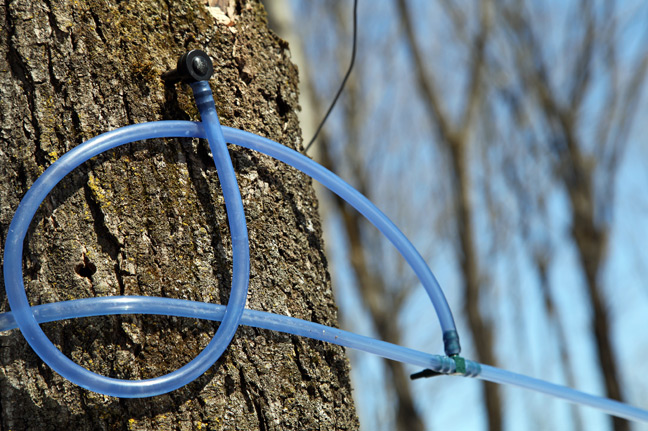
Some confusion over IPA usage
Various Contributors | March 2016
Increased attention to spout and tubing sanitization has led to rising sap yields for maple producers. Cleaning and replacement (use of new spouts, use of Check-valve spouts or adapters, or replacing spouts and droplines) strategies have different effects on sap yields, and each carry their own costs in terms of supplies and labor to implement the various approaches, and thus each has a different net profit. [ MORE ]
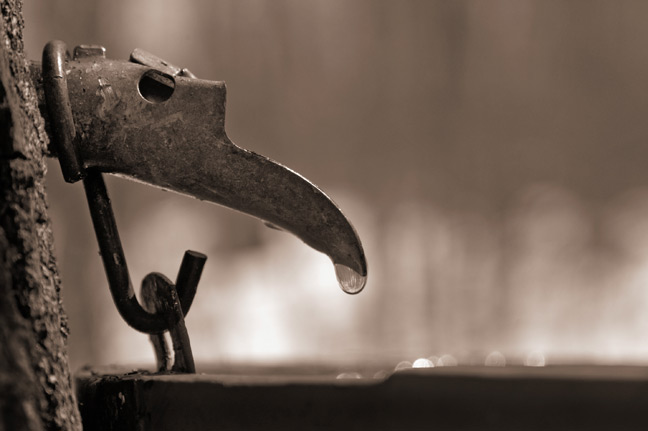
Recent trends in the maple industry III - changes in sap yield
Timothy D. Perkins, M.L. Isselhardt and A.K. van den Berg |
This series of articles has described the changes in the U.S. maple industry over the past 15-20 years. We have witnessed an era of tremendous growth in production, much of it coming about due to the addition of taps. Utilizing the data collected by the U.S.D.A. National Agricultural Statistics Service, it is easy to see that one of the more striking changes though has been the increases in the quantity of sap per tap (sap yield) that producers are now able to collect. [ MORE ]
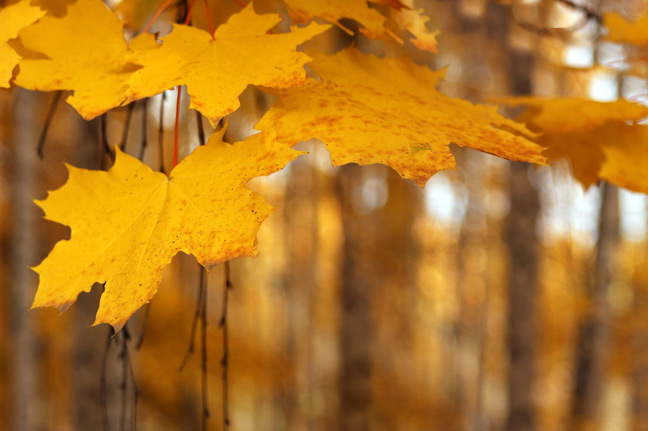
Recent trends in the maple industry II: U.S. expansion
Timothy D. Perkins, M.L. Isselhardt and A.K. van den Berg |
This second series installment focuses on expansion in the maple industry over the past ten years. We will primarily rely upon the 2012 U.S.D.A. Census of Agriculture (COA) as a basis for our information. In addition, although growth is evident in many maple-producing areas, we will focus primarily on the six top producing states, NH, PA, OH, ME, NY and VT, as these account for over 85% of the syrup made in the U.S.
[ MORE ]
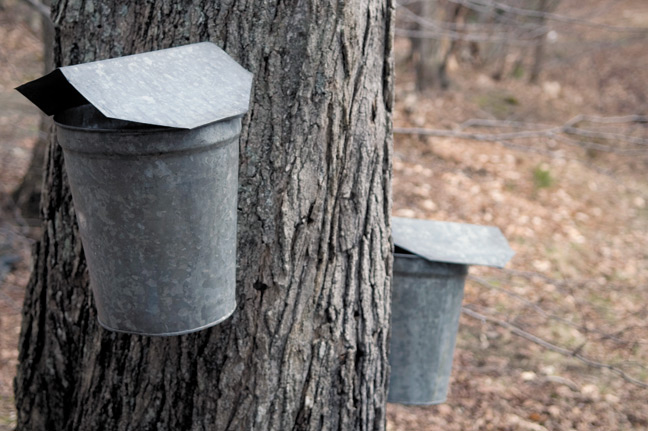
What's trending
By Timothy D. Perkins, M.L. Isselhardt and A.K. van den Berg |
This second series installment focuses on expansion in the maple industry over the past ten years. We will primarily rely upon the 2012 U.S.D.A. Census of Agriculture (COA) as a basis for our information. In addition, although growth is evident in many maple-producing areas, we will focus primarily on the six top producing states, NH, PA, OH, ME, NY and VT, as these account for over 85% of the syrup made in the U.S.
[ MORE ]

Tech helped boost yields in last decades
By Timothy D. Perkins, M.L. Isselhardt and A.K. van den Berg |
Pure maple syrup is a uniquely North American food product that is marketed worldwide. The last few decades have witnessed tremendous changes in the maple syrup industry in the U.S. and Canada. Production of syrup and marketing of syrup have risen dramatically, especially over the past decade. [ MORE ]
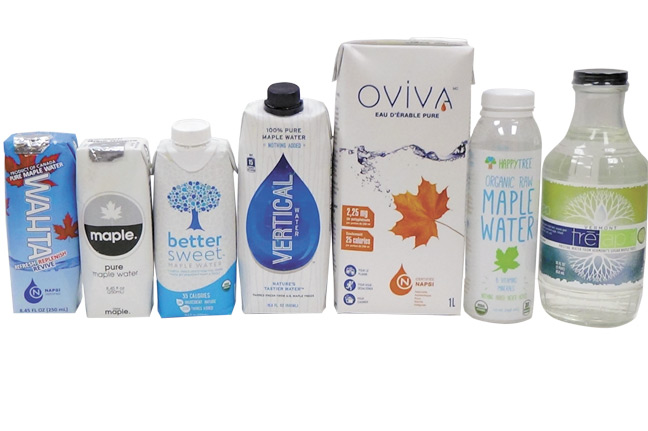
Maple water: A first look
By Timothy Perkins, Abby van den Berg and Mark Isselhardt |
Drinking tree sap is common in several areas of the world, but is far less practiced in North America. Several new maple-sap derived beverages have been introduced into the consumer market and prominently featured in news articles over the past year.
[ MORE ]

Birch can help increase your maple operation profits
By Abby van den Berg, Timothy Perkins and Mark Isselhardt |
Birch syrup production is similar to maple syrup production – it uses mostly maple equipment (spouts, buckets or tubing, evaporators, etc.), and the spring sapflow season begins just as the maple season is ending. [ MORE ]






























